Vapor Barrier + Air-Con = Damp Moldy Walls
So here's a little known fact that most HVAC installers won't tell a potential new client for central air;Polyethylene vapor barriers in combination with air conditioning in homes can rot walls because of the condensationthey may cause. This is why if you have a newer home with a vapor barrier, you may be better waiting until the exterior siding needs replacement then installing acontinuous rigid panel insulationto the exterior under the finish, along with anERV or HRV unitfor ventilation, as a way to keep your home cooler in summerandwarmer in winter while saving a ton of money. Remember, Insulation is the gift that keeps on giving, long after that fancy new central air conditioning system needs major servicing or replacement.
Why are old homes with air-con in great shape while new ones rot?
A century ago, houses were made of rocks, brick and solid wood. Early construction materials were either unharmed by moisture or put in an environment where they were able to dry. Houses were poorly or completely uninsulated and they devoured the cheap energy that was available in the past, drawing in endless fresh air and removing moisture. We just kept pumping in energy to replace the heat that was escaping in every direction and all was well in the world - or so we thought, before we knew better.
Also, a home's interior walls were finished with real plaster in the past, usually on a lath backing - which requires about 99% Relative Humidity (RH) to accommodate mold. With recent 'improvements' to construction in North America, we now use standard code compliant paper-faced drywall which can start to develop mold at about 80% RH.
As we insulate and make homes airtight, they don't dry as easily, and common building practices trap moisture inside wall assemblies.Be careful not to confuse Air barriers with Vapor barrierseither, they're not the same... Adding to that problem is that we have introducedengineered wood products that are far more susceptible to moisture damage than solid lumber. If you were thinking it's ok to build a new home with OSB "because everybody does it", see why we consider thatthe small extra cost of plywood may be worth it when compared to the disadvantages of OSB here.
So; why do new houses rot while old ones are in great shape?
It should be no wonder that a house full of air leaks with durable materials and very little insulation could remain in almost the same condition today as it was 100 years ago. While trying to stay warm with our roaring fires we effectively kiln dried houses from the inside. It should also come as no surprise, for a number of reasons, that we cannot afford to keep building or heating houses like that.
So is the answer tonotinsulate?
- 不,没有足够的能量。
Is the answer to not use composite wood materials?
- No, there aren't enough trees for that.
我们需要做的是承认这些变化,并设计有效处理水分的墙壁。
As most new North American homes are now equipped with air conditioning, the first and most important step in new home construction would be to stop including polyethylene vapor barriers in wall assemblies in all but the coldest of climates, or at least change their location within the wall assembly toavoid the possibility of interstitial condensation damaging wall structures.
Moisture-impenetrable vapor barriers work great in winter and, before air conditioning and heavily insulated walls, they were relatively harmless in summer. But as homes are now better insulated and also cooled during hot months, that vapor barrier is on the wrong side of the wall assembly for several months of the year.
If you live in a land of endless winter, an interior polyethylene vapor barrier is a great idea. While it might seem like that in most of Canada and the northern parts of the US at times, there are a few hot humid months we tend to forget about.
It requires a lot of energy for fungus to make a meal out of solid wood, but we have made it much easier by engineering a virtual buffet of easily digestible materials. The inclusion of a poly vapor barrier in the mix creates a dining atmosphere for mold with a 5-star rating.

To build the structures of our houses today, we often use engineered wood products that have been chewed into tiny bite-sized morsels and that are held together with some tasty glues, which can be softened up in summer months thanks to the inward bound vapor drive hitting the poly vapor barrier and condensing into water droplets. Yum.
Air-sealed homes withoutproper ventilation systems可以看到内部相对湿度水平大大增加,而增加的内部湿度和由框架中的热桥引起的冷墙表面的结合,使石膏板的纸表面在冬天有严重的凝结风险。
The interior environment of homes has changed significantly in the last few decades and this places new challenges on wall assemblies. Building code has often failed to keep up with that. Vapor control measures that were originally intended to prevent walls from getting wet are now preventing them from drying. We know how to build walls better, but in a lot of cases we are prevented from doing so by regulatory bodies that have not updated codes to reflect better performing building envelopes.
Building codes are making you do stupid things. The laws of physics trump code. -Joe Lstiburek
本文的灵感来自建筑科学家Joe Lstiburek,他是建筑科学领域最受全球信任和知名的名字之一,他在美国的建筑规范上留下了不可磨灭的印记,在我们看来,他们会因此受益很多。令人遗憾的是,加拿大还没有采纳他的建议,相反,我们被迫继续建设对加拿大家庭弊大于利的做法。
With luck we may see changes tovapor barrier use and placement for wallsin the future, or the adoption ofpaint-on vapor retarder primers- Resulting in better built housing more suited to our climate and lifestyle. To learn more about building science basics, watch theHow to Frame a LEED Platinum Wall Assembly Video Guideonthe EcoHome YouTube Channel


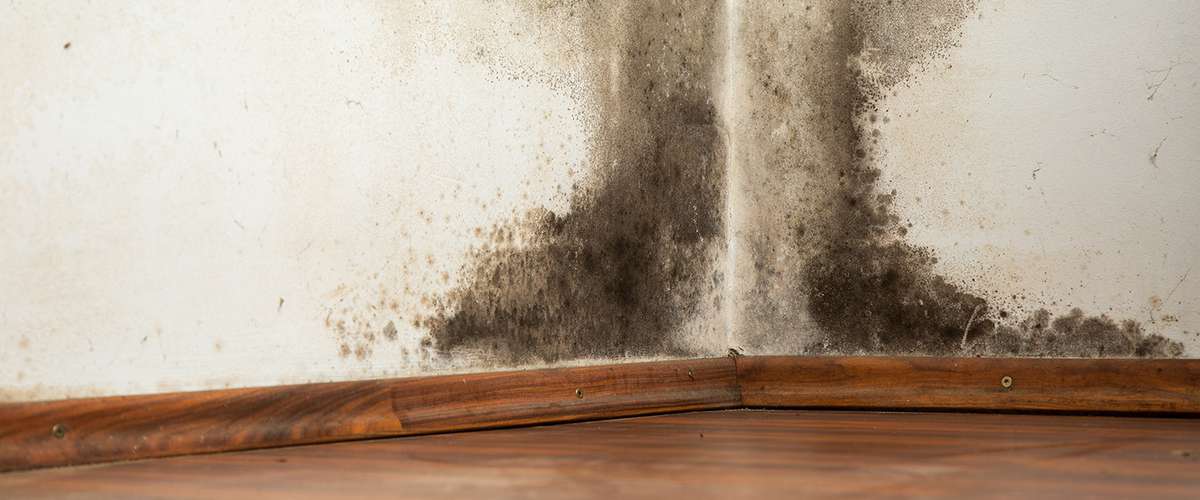











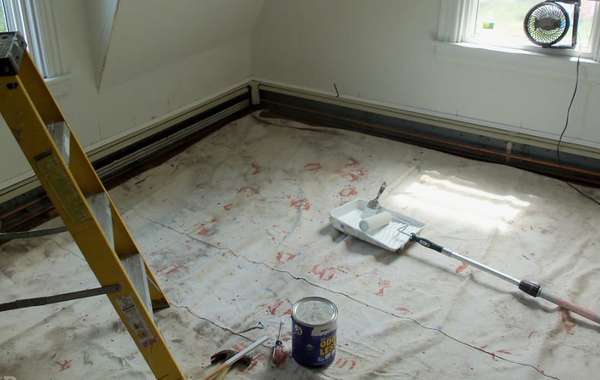
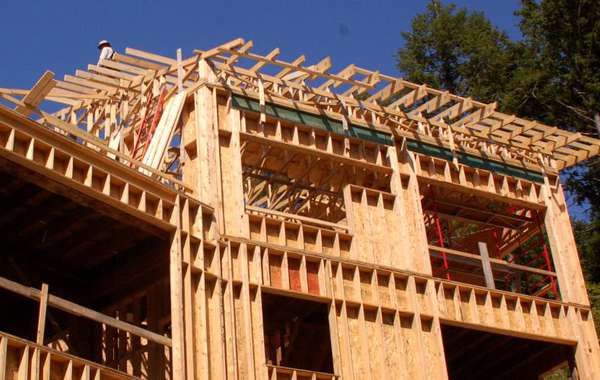
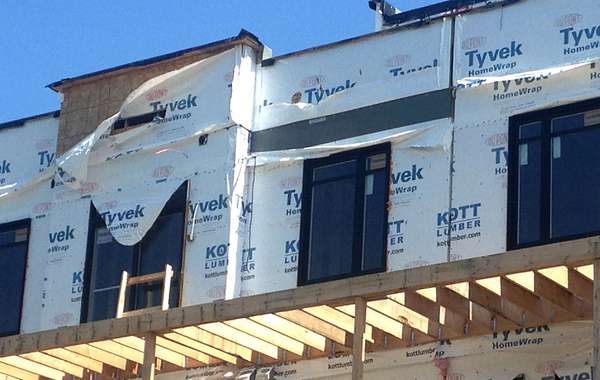
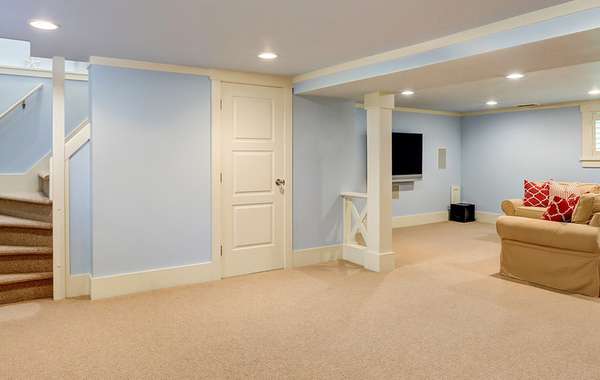
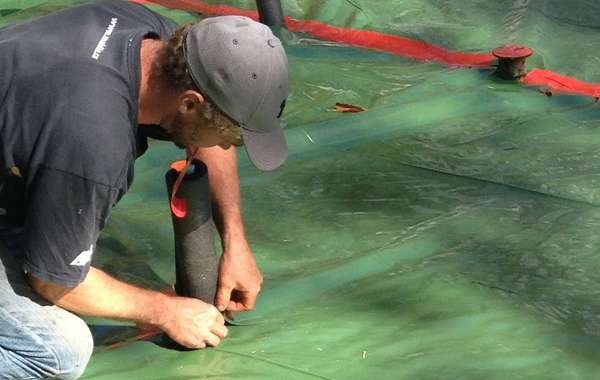
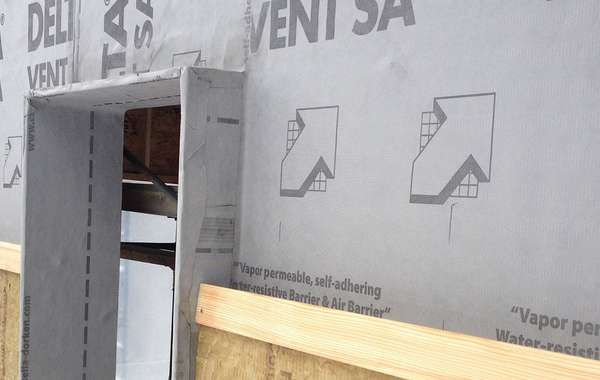
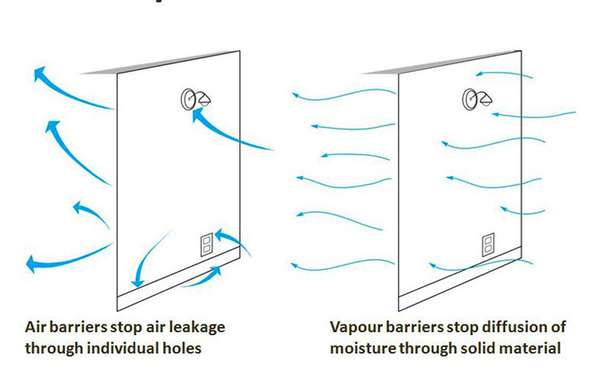
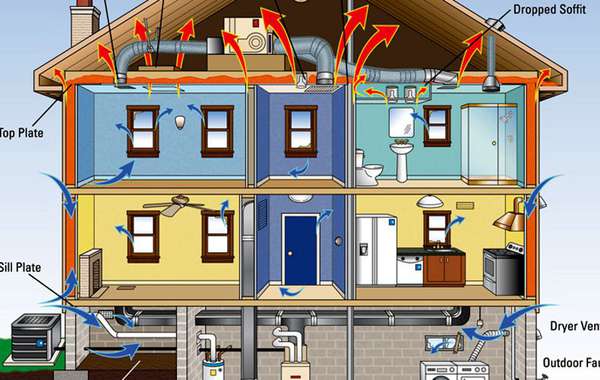
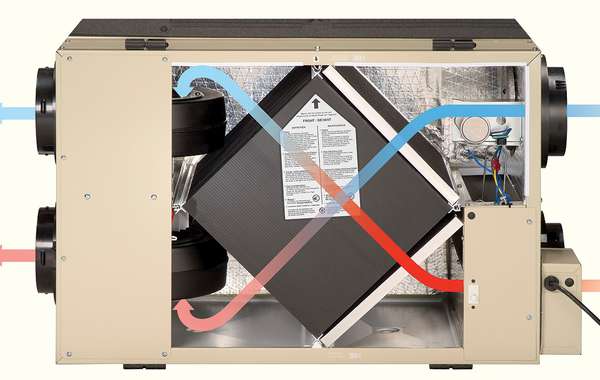
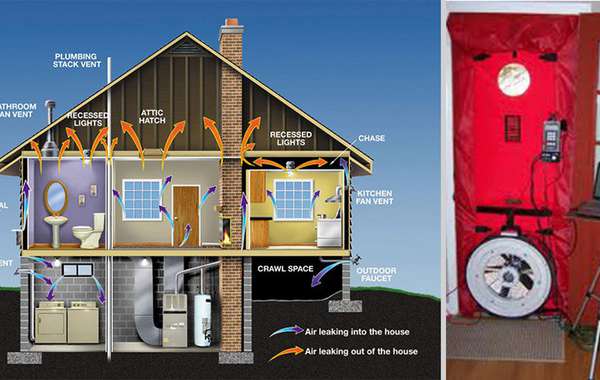
Comments (0)
Sign Up to Comment